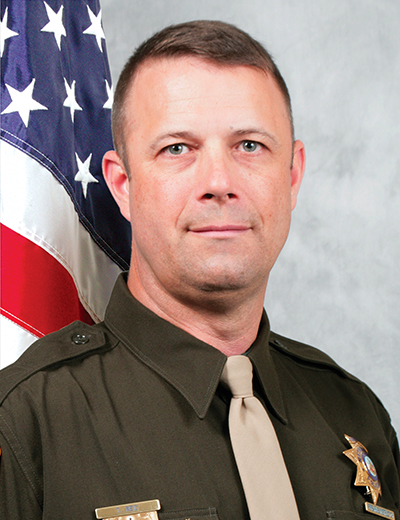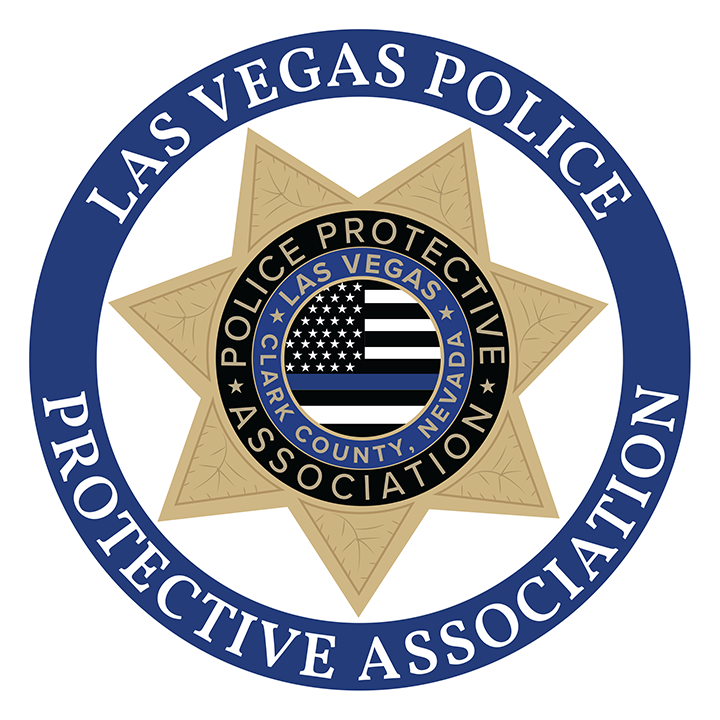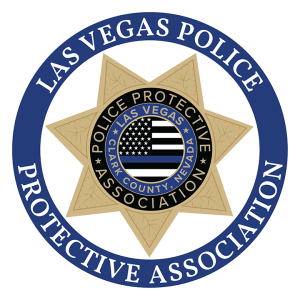 Background
Background
In 2006, Congress passed the Pension Protection Act (PPA). It established new funding requirements for defined-benefit pensions, like NVPERS, and includes reforms that will affect cash-balance pension plans, defined-contribution plans and deferred-compensation plans for executives and highly compensated employees.
In 2007, the Internal Revenue Service (IRS) announced final guidance to multi-employer and private pension plans. The issue was how to define the normal retirement age (NRA) with respect to public-sector plans, most notably public safety retirement plans. The 2007 IRS regulations, in attempting to put all retirement plans into a one-size-fits-all approach, failed to recognize that virtually all public employee plans use a two-pronged formula — years of service and age — to determine an unreduced retirement benefit. The IRS attempted to establish a new regulation that requires a pension plan’s normal retirement age to be the age that is representative of the typical retirement age for the people in the industry that the plan covers. As you can imagine, virtually all local, state and national organizations that represent public employees stood up and took notice of this IRS regulation.
In 2012, the National Association of Police Organizations (NAPO), a national police employee organization lobbying group that we belong to, asked if we could attend a hearing on the NRA issue along with some of the NAPO lobbyists. We jumped at the chance to hear from the national legislators, the U.S. Treasury, the IRS and many other public employee pension plan leaders. After several hours of testimony and debate, the end result was that the IRS proposed a two-year deferment of the NRA implementation to public employee retirement plans, like Nevada PERS. This delay was extended multiple times so that the IRS could get broad input from other local and state plans on how this legislation could affect and potentially harm public employees.
What Are the New Proposed Rules?
On January 27, 2016, the Internal Revenue Service published NRA rules for public and nonpublic retirement plans. Of course, any federal government regulation is filled with volumes of legalese and technical mumbo-jumbo. The good news is that our retirement plan is really unchanged. The IRS has carved out special rules for qualified public safety employees like us.
There are three definitions, or safe harbor exceptions, under this proposal specific to law enforcement.
- Age 50 safe harbor for qualified public safety employees: A normal retirement age under a governmental plan that is age 50 or later is deemed to be not earlier than the earliest age that is reasonably representative of the typical retirement age for the industry in which the covered workforce is employed if the participants are qualified public safety employees.
- Sum of 70 safe harbor for qualified public safety employees: A normal retirement age under a governmental plan that is the participant’s age at which the sum of the participant’s age plus the number of years of service that have been credited to the participant under the plan equals 70 years or more is deemed to be not earlier than the earliest age that is reasonably representative of the typical retirement age for the industry in which the covered workforce is employed if the participants are qualified public safety employees.
- Service-based safe harbor for qualified public safety employees: A normal retirement age under a governmental plan that is the age at which the participant has been credited with at least 20 years of service under the plan is deemed to be not earlier than the earliest age that is reasonably representative of the typical retirement age for the industry in which the covered workforce is employed if the participants are qualified public safety employees.
As you can see from the rules, our Nevada PERS has retirement rules that fall within these regulations, which is a good thing. If there is no opposition to these regulations, the effective date of the final rules will be January 1, 2017.
If you have any questions about the more technical aspects of the NRA, call me at (702) 384-8692.

